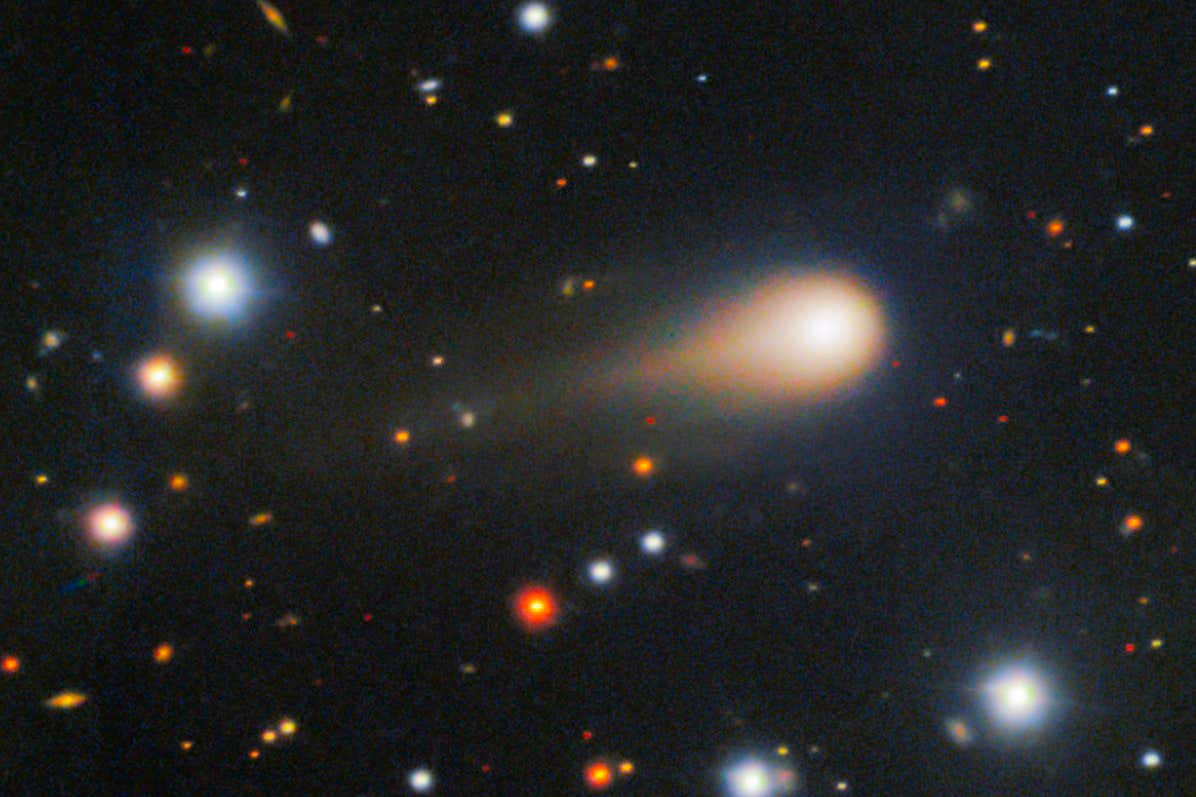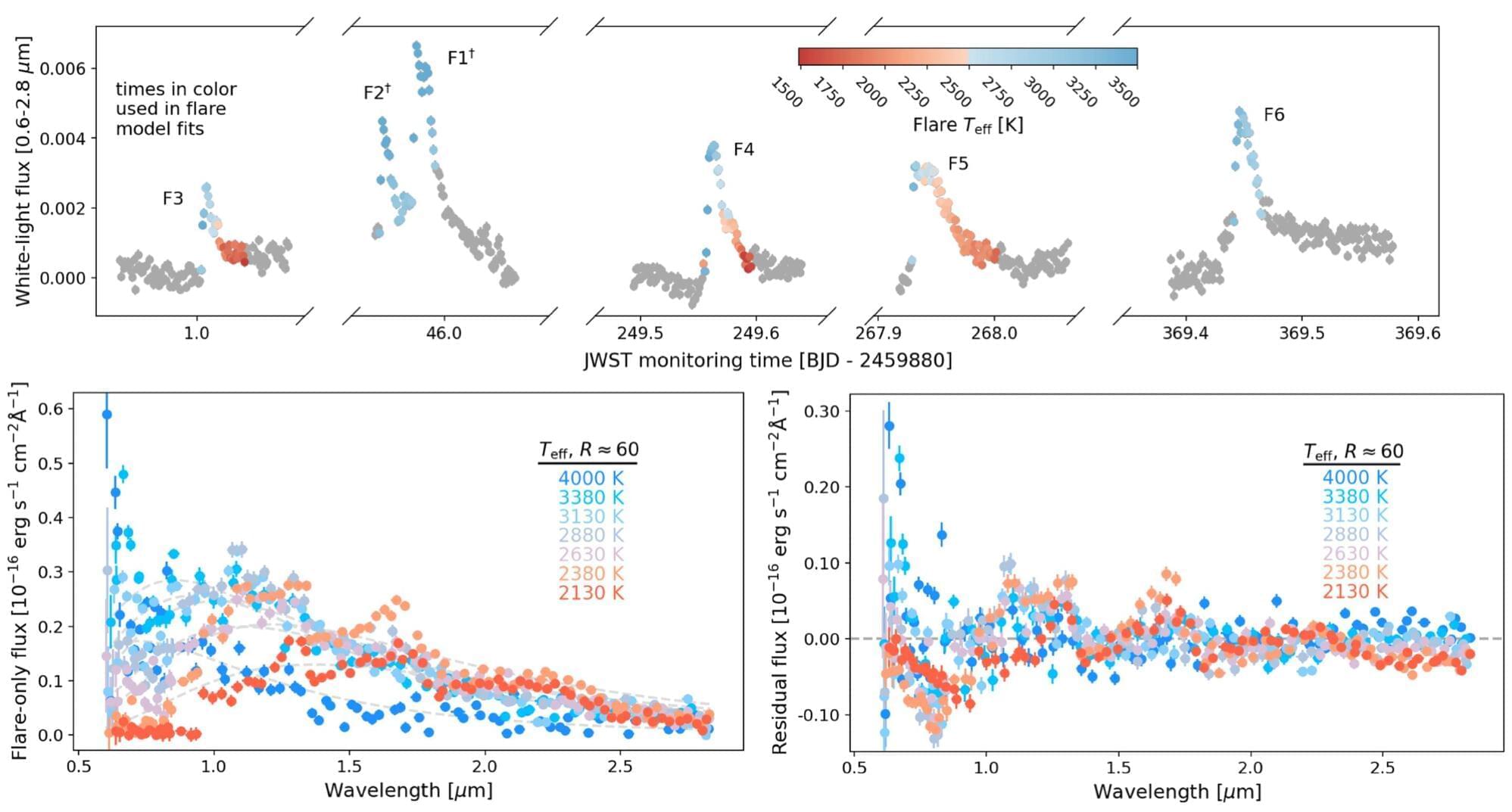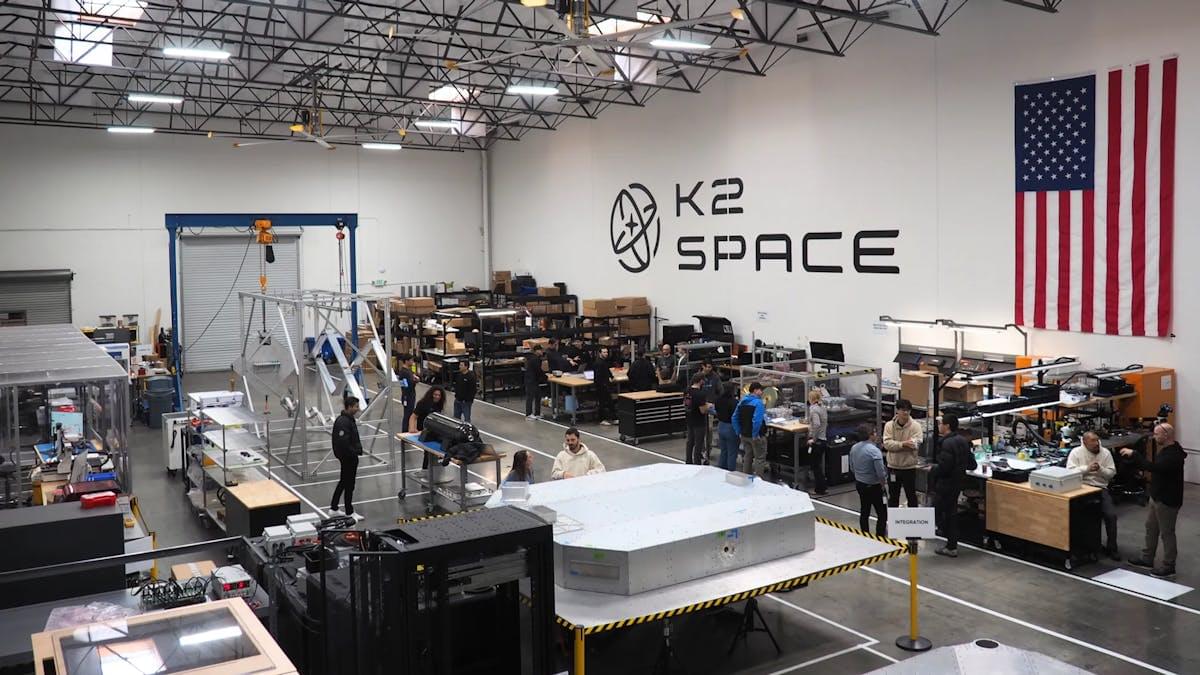When a gas is highly energized, its electrons get torn from the parent atoms, resulting in a plasma—the oft-forgotten fourth state of matter (along with solid, liquid, and gas). When we think of plasmas, we normally think of extremely hot phenomena such as the sun, lightning, or maybe arc welding, but there are situations in which icy cold particles are associated with plasmas. Images of distant molecular clouds from the James Webb Space Telescope feature such hot–cold interactions, with frozen dust illuminated by pockets of shocked gas and newborn stars.
Now a team of Caltech researchers has managed to recreate such an icy plasma system in the lab. They created a plasma in which electrons and positively charged ions exist between ultracold electrodes within a mostly neutral gas environment, injected water vapor, and then watched as tiny ice grains spontaneously formed.
They studied the behavior of the grains using a camera with a long-distance microscope lens. The team was surprised to find that extremely “fluffy” grains developed under these conditions and grew into fractal shapes—branching, irregular structures that are self-similar at various scales. And that structure leads to some unexpected physics.







